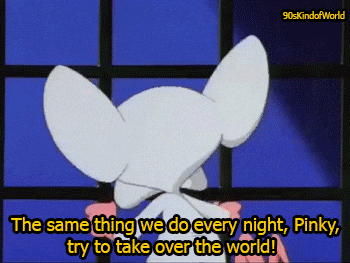The Terminator franchise, which began with James Cameron’s iconic film in 1984, has always been at the forefront of showcasing cutting-edge technology. From the original T-800 to the advanced Skynet system and beyond, each installment brings new advancements that push the boundaries of what is possible.
In the first Terminator film, we were introduced to the concept of a time-traveling cyborg assassin sent back from the future to kill Sarah Connor (played by Linda Hamilton). This groundbreaking idea set the stage for an entire franchise built around advanced technology and artificial intelligence. The T-800 model was designed with one purpose: to infiltrate human society undetected while carrying out its mission of termination.
As the series progressed, so did the technological advancements featured within it. In Terminator 2: Judgment Day, we saw the introduction of the T-1000, a liquid metal shape-shifting assassin capable of mimicking any human form and adapting to various environments. This marked a significant leap forward in terms of artificial intelligence and adaptability for these machines.
Moreover, each installment has explored different aspects of technology such as self-aware AI systems like Skynet or the advanced nanotechnology used by John Connor’s resistance forces. These innovations not only drive the plot but also challenge our understanding of what is possible in terms of artificial intelligence and robotics.
In conclusion, the Terminator franchise has consistently pushed boundaries when it comes to technological advancements. From the original T-800 model to the shape-shifting capabilities of the T-1000, these films have given us a glimpse into what could be possible in our own future with artificial intelligence and robotics.
#Hollywood #Film #Cinema #Insights #Tech #Terminator #technologicaladvancements

Join our Business Discord: https://discord.gg/y3ymyrveGb
Check out our Hugging Face and services on LinkedIn: https://www.linkedin.com/in/ccengineering/

